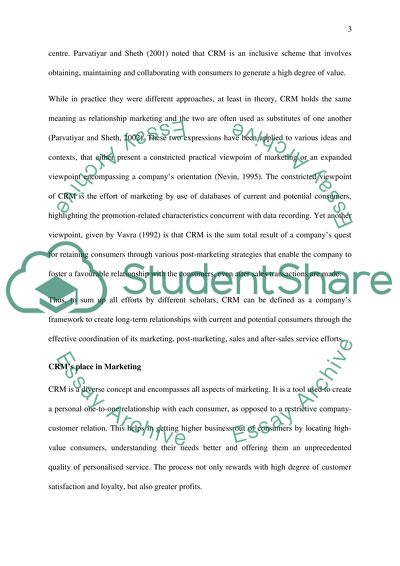Cite this document
(“Key Words in Marketing Essay Example | Topics and Well Written Essays - 2000 words”, n.d.)
Key Words in Marketing Essay Example | Topics and Well Written Essays - 2000 words. Retrieved from https://studentshare.org/marketing/1498697-key-words-in-marketing
Key Words in Marketing Essay Example | Topics and Well Written Essays - 2000 words. Retrieved from https://studentshare.org/marketing/1498697-key-words-in-marketing
(Key Words in Marketing Essay Example | Topics and Well Written Essays - 2000 Words)
Key Words in Marketing Essay Example | Topics and Well Written Essays - 2000 Words. https://studentshare.org/marketing/1498697-key-words-in-marketing.
Key Words in Marketing Essay Example | Topics and Well Written Essays - 2000 Words. https://studentshare.org/marketing/1498697-key-words-in-marketing.
“Key Words in Marketing Essay Example | Topics and Well Written Essays - 2000 Words”, n.d. https://studentshare.org/marketing/1498697-key-words-in-marketing.


